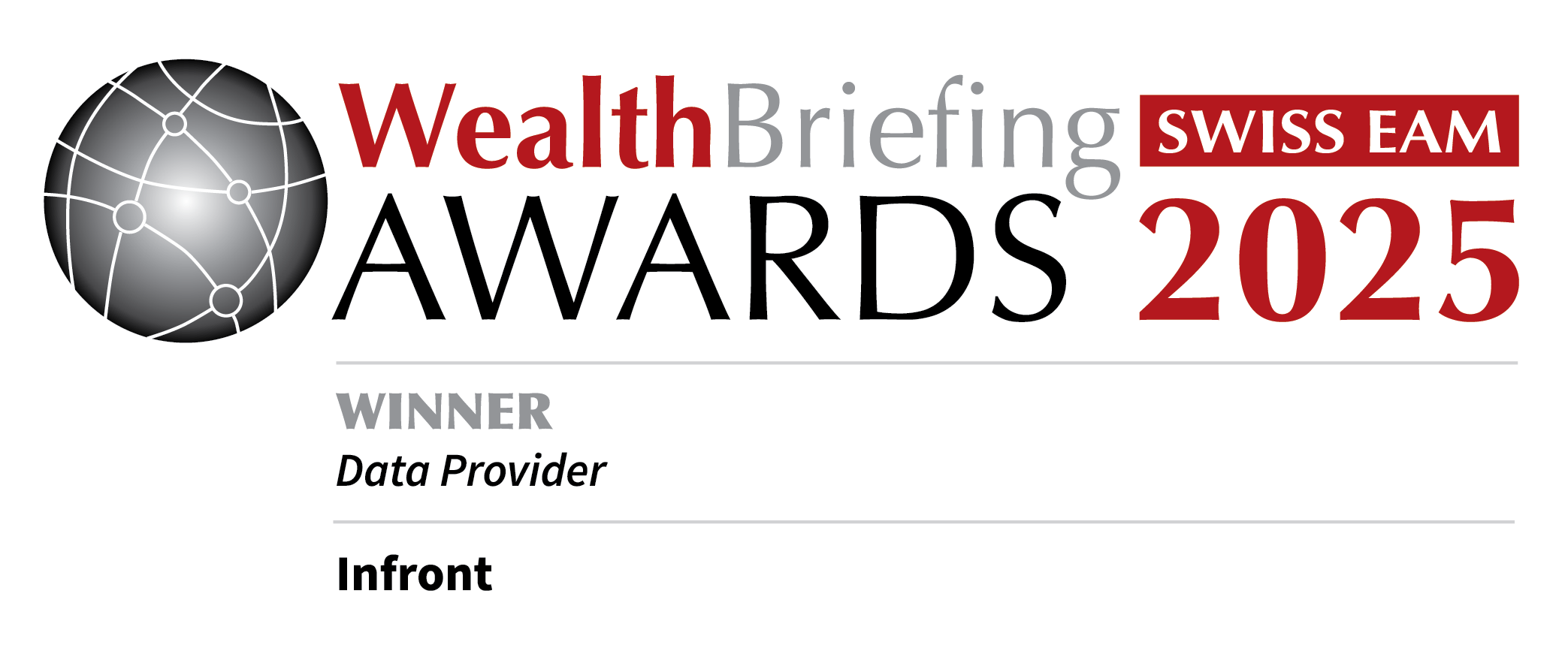ENVIRONMENT. SUSTAINABILITY. GOVERNANCE
Infront in the global community
- Sustainability & Environment Infront’s business is low-emission, fully digital, cloud-based and uses renewable energy sources in the Nordics. We commit to delivering on net zero across our business.
- Diversity & non-discrimination Infront’s employees and management are working together to enrich company culture, drive anti-discrimination, and ensure equality across all functions and roles.
- Compliance & transparency Infront’s newly revised policies ensure transparent and responsible interactions with customers and suppliers, as well as ensuring privacy and data security.
- Governance & ethical conduct Infront is committed to protecting and enhancing long-term value for all stakeholders with responsibility, integrity, and accountability.
- Sustainability & Environment Infront’s business is low-emission, fully digital, cloud-based and uses renewable energy sources in the Nordics. We commit to delivering on net zero across our business.
- Diversity & non-discrimination Infront’s employees and management are working together to enrich company culture, drive anti-discrimination, and ensure equality across all functions and roles.
- Compliance & transparency Infront’s newly revised policies ensure transparent and responsible interactions with customers and suppliers, as well as ensuring privacy and data security.
- Governance & ethical conduct Infront is committed to protecting and enhancing long-term value for all stakeholders with responsibility, integrity, and accountability.
Find out more in our Transparency Report
Download our policies
- Group Whistleblowing Policy
- Freedom of Association Policy
- Political Involvement Policy
- Code of Conduct
- Recruitment Policyy
- Environmental Policy
- Diversity, Equity and Inclusion Policy
- Supplier Code of Conduct
- Anti Bribery
- Anti-Tax evasion
- Anti-Slavery policies
















